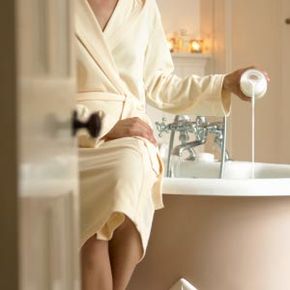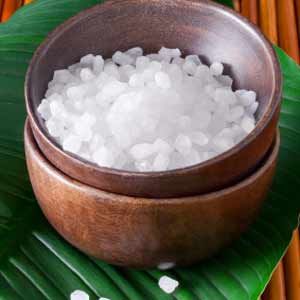White and creamy milk mustaches have long been in advertisements to promote the healthy effects of drinking milk. What these ads don't stress is that the milk mustache may do more than just remind you to drink milk for strong bones. Some of the vitamins, proteins and fats found in milk might be able to benefit your skin, too.
Donning a milk mustache probably isn't the best way to take advantage of milk's beneficial effects on your skin, but soaking in a milk bath may be. Mixing a little milk with the bathwater has been done for centuries as a quick, easy and cheap way to moisturize and soften your skin while you relax in the tub.
Advertisement
You can buy pre-mixed milk bath powders or create your own from ingredients in your cupboard. Many pre-mixed milk baths can cost you about $20 to $30, but this should get you about four to eight baths. Some milk bath powders you can buy have additives such as extra vitamins or moisturizing agents, which may appeal to people with dry or sensitive skin. Many powders are scented, though, so if you don't want to smell like fruits or flowers, or if you have easily irritated skin, you could consider going the homemade route.
When you mix your own milk bath, the customization options are up to you. You can reap the benefits of milk simply by adding a few cups to a tub of warm water. You can also be as extravagant as you like, adding extra ingredients such as salts, oils or dried petals and herbs for scent. What you choose should be based on your skin type -- for example, if you have oily skin you may want to stay away from extra oils, but if you have dry skin, you might decide to add them in.
For some starter ideas on mixing a milk bath at home, keep reading to learn about different ingredients you can blend into your bathwater.
Advertisement


